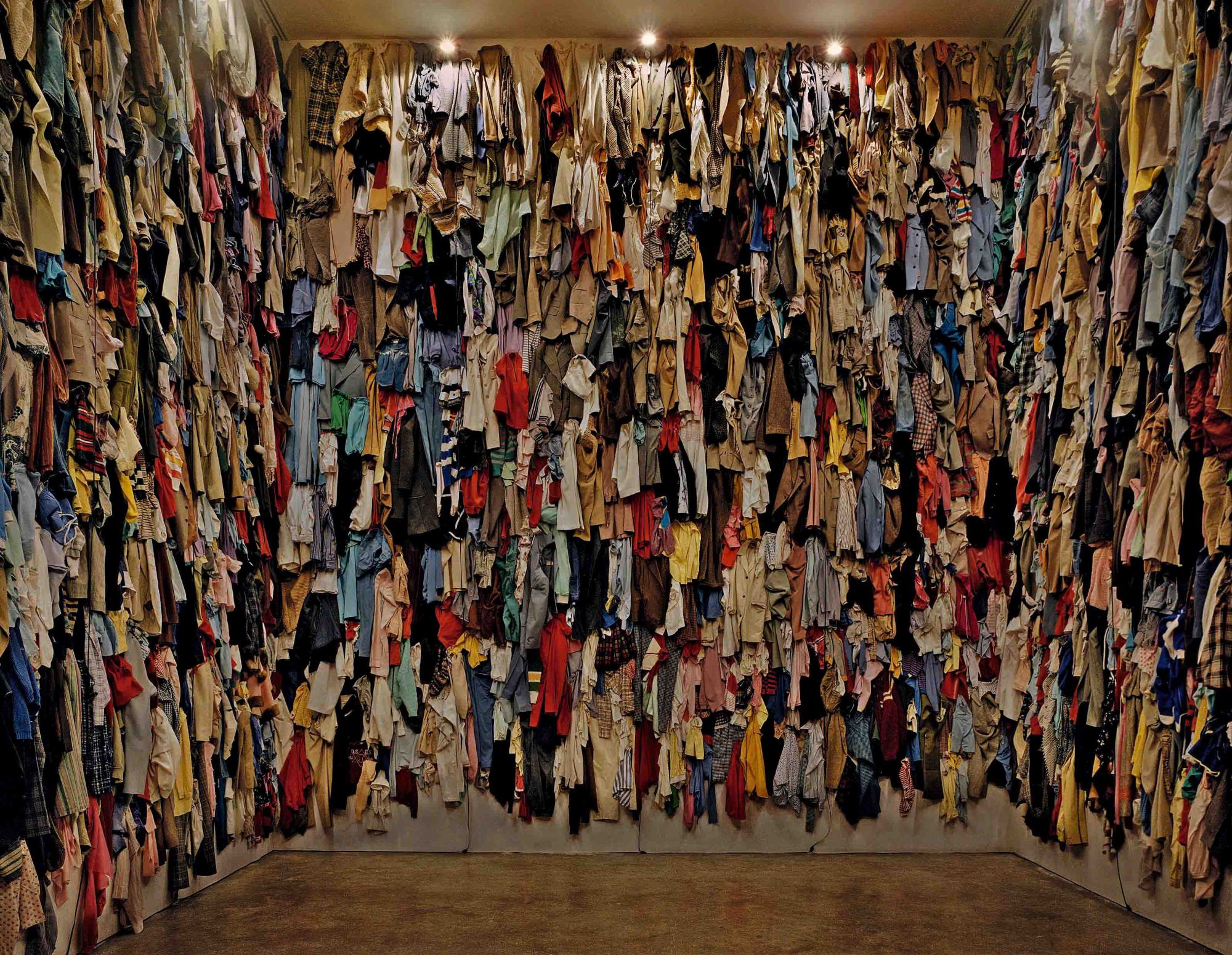Turning to photography with a personal and historical address in 1969, the French installation artist Christian Boltanski mailed 150 galleries a nine-page booklet titled "Recherche et presentation de tout ce qui reste de mon enfance, 1944-1950" ("Research and Presentation of All That Remains of My Childhood, 1944-1950").
The intimate archaeological record included stereotypical snapshots of his family, childhood bed and T-shirts. The recurring photographed figure, however, was not Boltanski but his nephew. The autobiography was not quite his own. Memories eroded, recovered, or forged from or for other peoples and times are the major themes of "Christian Boltanski: Lifetime," the artist's first full-scale Japan retrospective currently on show at The National Museum of Art, Osaka.
Among the most relevant works to these themes is a display of tinplate boxes from 1970, inside which Boltanski placed replicas of items from his childhood fashioned from modeling clay. Intentionally fragile, these objects indicate the impossibility of conserving memory. In a later example, "Reserve (La fete du Pourim)" (1987), Boltanski appropriates the facial portraits of four anonymous women. These are stacked on metal boxes evoking funerary urns. As the restitution of individual lives from the oblivion of time, the arrangement suggests a type of religious altar, while the photographs insinuate the Holocaust dead, a theme Boltanski later pursued.



